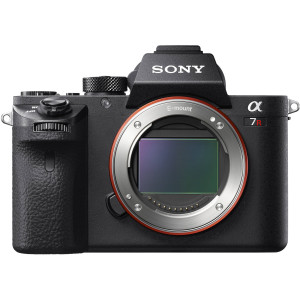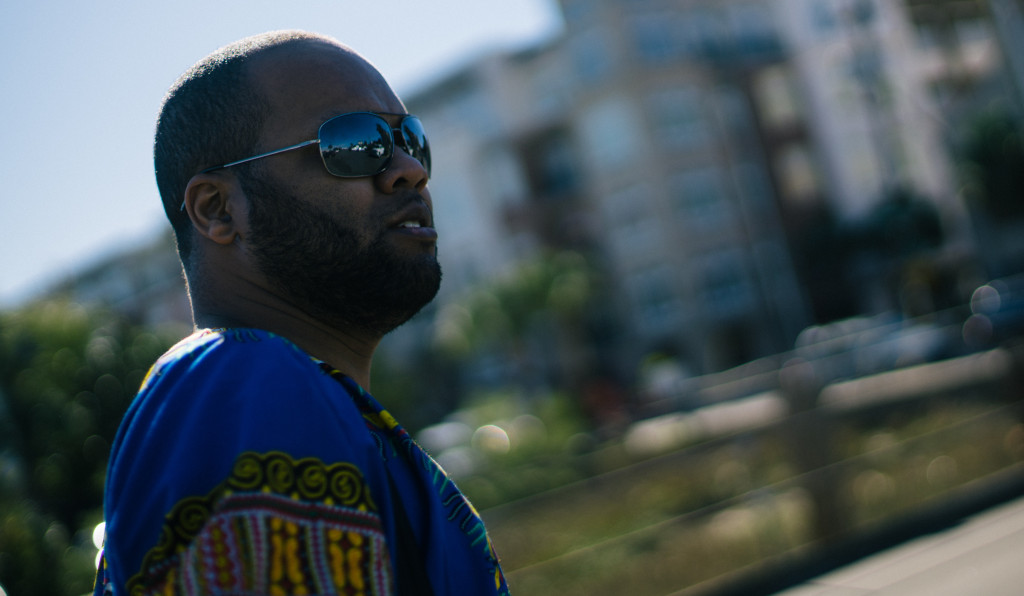October 2019 Human Interact Streaming update
Human Interact Crew,
To catch you up, I recently moved to California. Overnight my rent tripled for a place about half the size of what I had before. I made a painful decision to throw away a lot of video game related things that I had been holding onto, or give them to friends because having a place to sleep is more important than having the original boxes to consoles. Even after all that downsizing I still did not have space to set up a studio. Luckily I had spoken with the owner of SVVR Studio and he offered me a place to put all my streaming gear in exchange for allowing others in the studio to use it for productions. After that, I was able to stream more, which is what I’ve always wanted.
I received a call yesterday on Monday afternoon from SVVR, the company that hosts the studio space I stream from. They informed me they are changing their business model to a digital only meetup space in VR.
My heart dropped. I knew the VR industry has been moving in this direction but I didn’t think it would happen to SVVR. I had to move out ASAP as SVVR was subleasing the entire building to a new tenant by end of the week.
I packed up my studio Monday night. I agonized over unplugging everything, but it was the only thing I could do.
During my long drive home with all of my gear crammed in my car, I found my mind just as cluttered with what I was going to say, how I could somehow continue despite this sudden setback? I thought, “Just stream out of your house, right?†I hardly have enough room to put one computer up in my house, let alone the equipment I use for streaming. “Just go lo-fi until you find more space.†You know how loud I get when I stream so I can’t be streaming in a home with paper thin walls where my neighbors could have me kicked out. Because of these reasons and more, I cannot justify streaming from home in the interim.
That brings us to today.
I need to find a new space and the search has begun. I’m not throwing in the towel. I’m not abandoning the crew. Starship Commander: Arcade will continue to be in VR arcades, and I’m still using the little time left I have at home to finish it up for a PC release, but this setback is likely to delay Starship Commander into early next year.
It hurts not to know when I can begin streaming on my own again. It hurts to have to delay the game for a reason out of your control. Every week I’m unable to stream is a week that I don’t get to spend with you, the Crew. Over the years I have come to call you all friends, and I want to spend as little time away from streaming as possible, and I hate the fact that I’m being forced to take another hiatus after just getting set up. But we have persevered together in the past and this will be no different. Thanks for being the best Crew a guy could ask for. This isn’t goodbye – more like an unexpected mandatory sidequest. I’ll still be on discord and I’ll be active online while I find another location. Stay tuned. You’ll be the first ones to know when I return.
-Alexander



